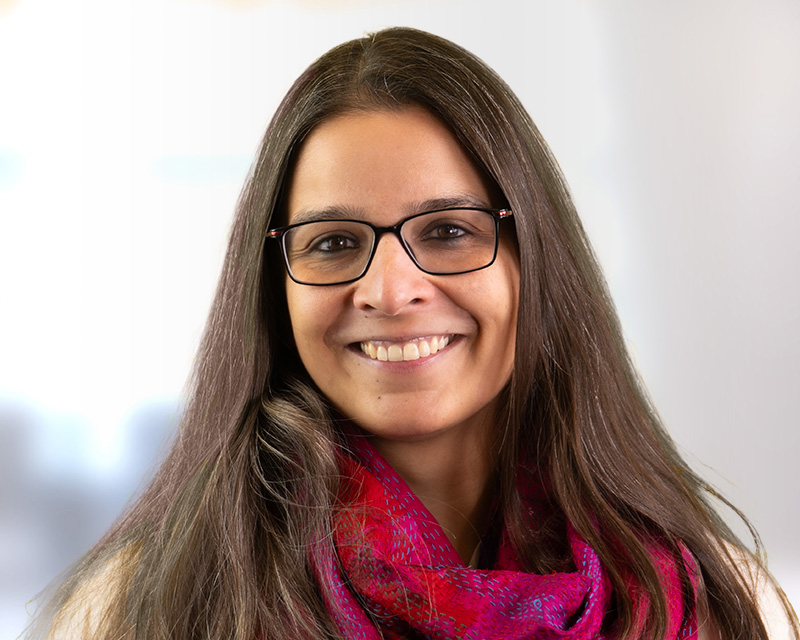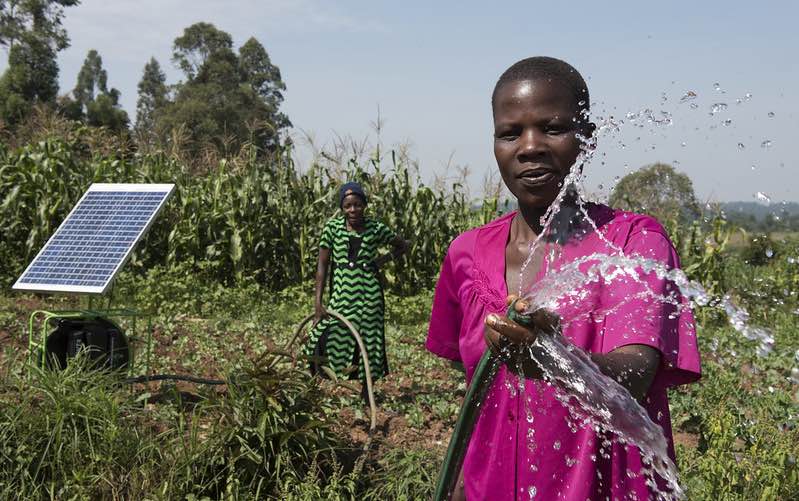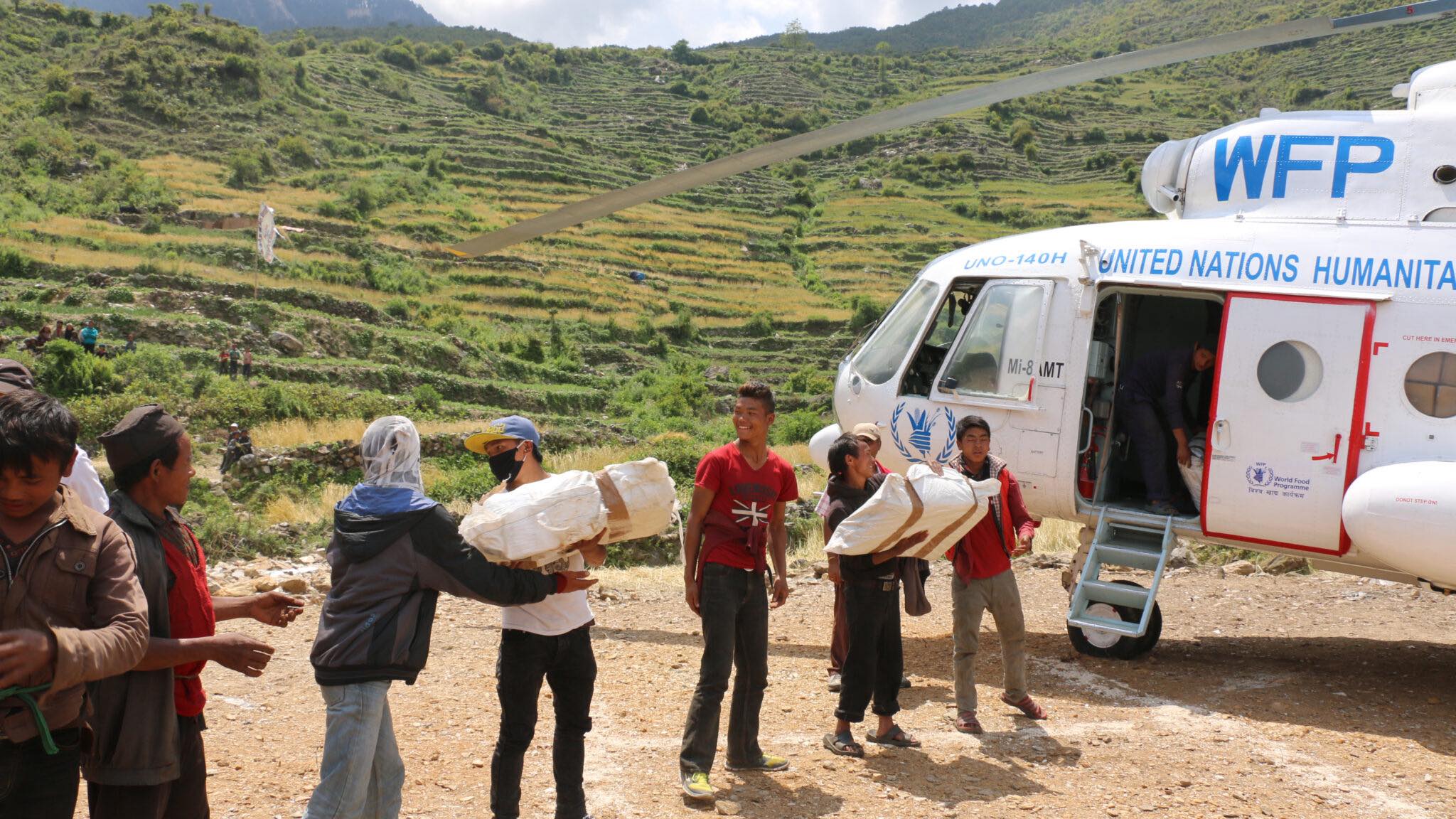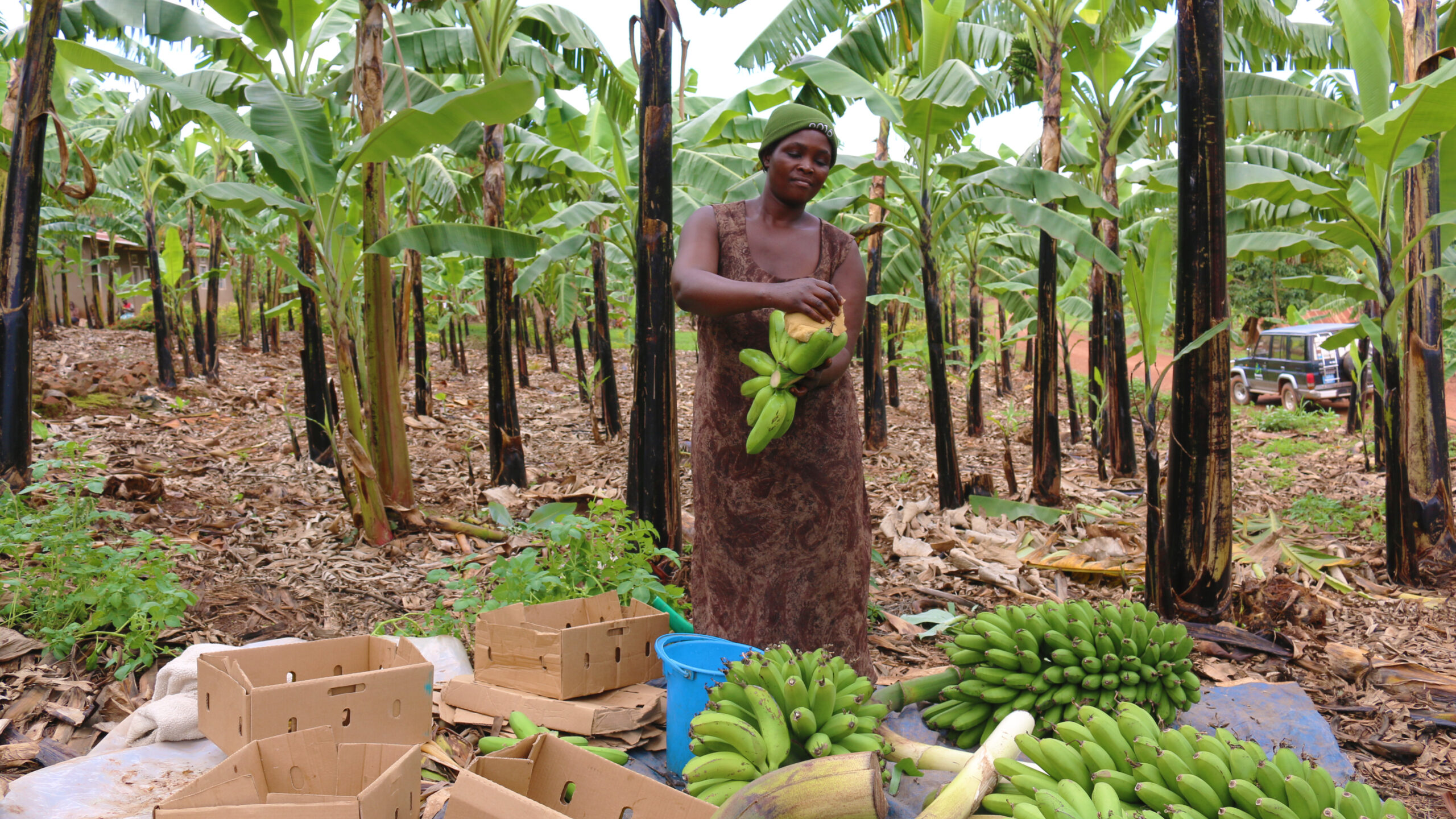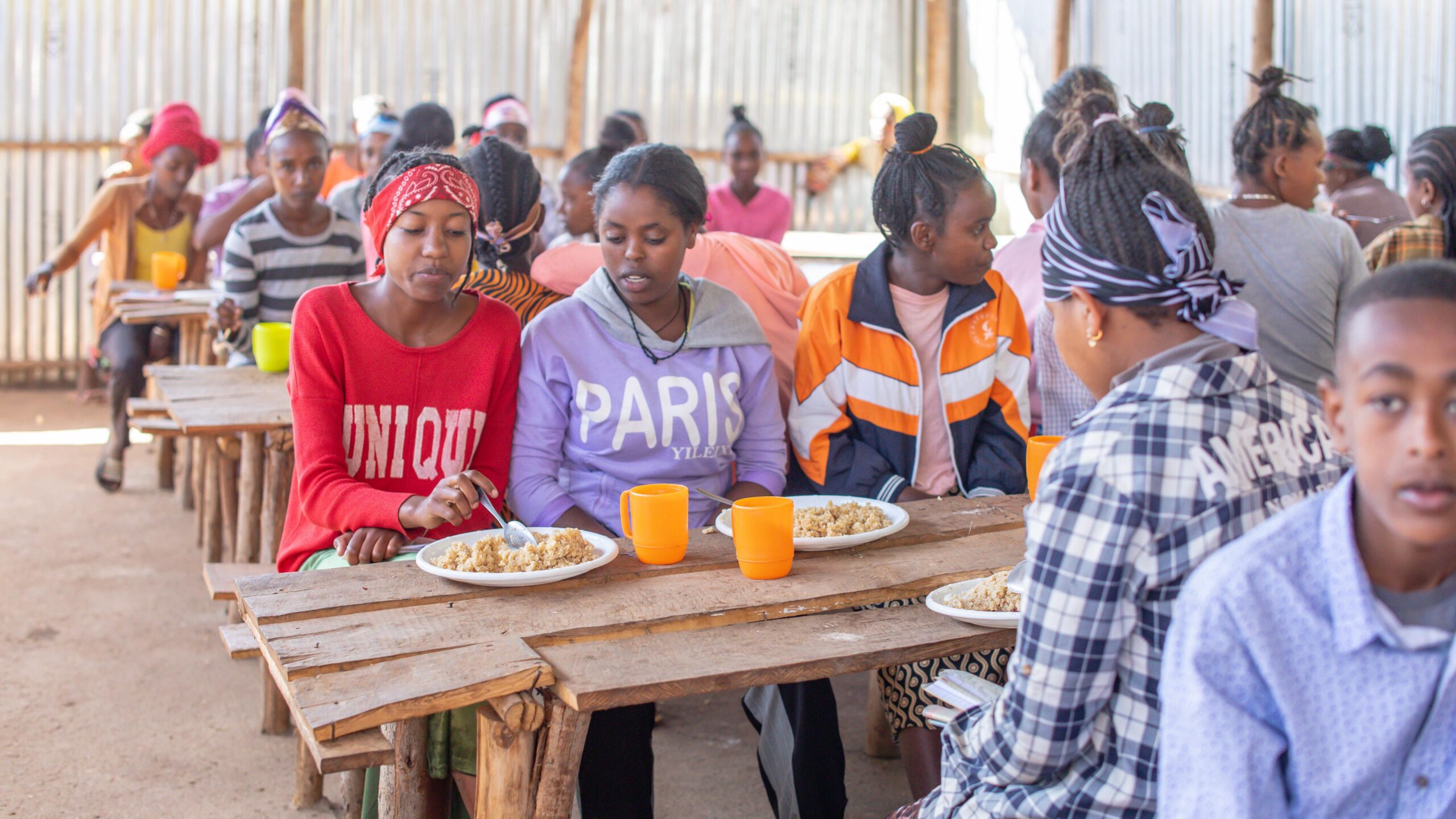With global stresses rising on food and agriculture from climate change, pandemic effects, conflicts, and other problems, what role can technology play in building more sustainable practices? This was one focus of a Feb. 2 panel discussion at ICTC Horizon—the two-day virtual summit of Canada’s Information and Communications Technology Council.
A Sustainable Agriculture and Food Security panel, including Claudia Ringler, Deputy Director of IFPRI’s Environment and Production Technology Division, examined the ecological footprint of food production, spurring a lively discussion of the role of digital technologies and the broader implications for government policy, standards, and the realities developing countries face.
“Ag tech and food policy don’t really sound like they go together, but they certainly do because we know that technology is a key engine and pathway to achieving food security and reducing malnutrition levels in developing countries,” Ringler said.
Digital technologies have the potential to improve agriculture productivity, Ringler said, but added that low-income countries face more acute challenges to ag-tech adoption than developed countries.
Connectivity
In Canada, government policy initiatives and companies such as Telus are ramping up the type of connectivity needed by ag-tech infrastructure in remote farm areas.
Michael Gilbert, CEO and Founder of Semios—a leading precision farming platform that collects data on more than 100 million acres via 3 million-plus sensors to maximize growing efficiencies and minimize inputs—said he would be “surprised if [connectivity were] still an issue five years from now: 5G is rolling out quickly, and there’s low-level satellites … It’s all coming.”
Ringler, however, noted this kind of innovation still seldom extends to developing countries. “The question is how can we get precision agriculture technologies and other technologies into use in low-income countries and drive their adoption?” she asked.
Ag-tech has the potential to improve food security, but connectivity, capital investment, and food-price implications must also be addressed, especially in countries where food can represent 40% to 60% of personal spending.
“What we really need a multi-sectoral, multi-component approach to [deciding] which technologies to invest in,” Ringler said.
Water
Today, food and agriculture account for 21%–37% of global greenhouse gas emissions, more than 50% of the world’s habitable land, and 70% of freshwater use. With a growing global population and a warming climate, Ringler was asked if “we are going in the right direction with water use?”
She gave a deep sigh, then said, “A lot of improvements have been made. Farmers who can afford sensors to help them schedule irrigation are obviously using water more efficiently. But from a natural resource perspective or an environmental footprint perspective, we can use water so efficiently that there is no water left in the stream. And when we go to low- and middle-income countries, very little has been done on improving water management.”
Organics
The discussion turned to organics and standards to ensure consumers get what they think they are purchasing. Remi Schmaltz, Co-founder, Director, and VP Corporate Development at Index Biosystems—a provider of microscopic fingerprints made from baker’s yeast for application in any product to prove its identity—said that consumers have been easily duped by fraudulent organic products.
“There are some larger fraud cases in the U.S. where farms grew some organic but were buying other grain and selling it as organic because they were getting a premium for it,” Schmaltz said. “The system at this stage is not resilient enough with authentication that can really prove out what it is that you’re buying.”
Even in the absence of fraud, Schmaltz pointed to the challenge of different corporate standards under the “organics” umbrella.
“I think the key is to make meaningful and trustworthy and scalable standards—so a broader framework that a country or industry or segment can get behind is important,” he said.
Ringler agreed that standards are important, but added they need to be flexible enough to not shut out farmers in developing countries who can’t meet those standards.
Conversely, overly rigid standards could harm countries that don’t produce enough food if those standards drive up the price of imported food. “So there are those larger implications that have to be considered,” she said.
Consumer choice
Dietary choices can make a world of difference for the environment, given that the production of 1 kilogram of wheat flour requires about 1000 liters of water, while 1 kilogram of beef requires 15,000 liters of water. In addition, addressing obesity and overconsumption “could make a huge difference,” Ringler noted.
Unfortunately, Gallup polling repeatedly shows that personal change is at the bottom of the list of changes people feel could make a difference for climate change. Consumers typically say farming practices need to change. Rarely do they see the importance of their own actions.
Citing Mexico as an example, Ringler described how incentivized personal choice improved both the environmental and health.
“A tax on sugary beverages in Mexico was very successful, but not because they were using too much water—even though you use 150 to 300 liters of water for half a liter of soft drink because of all the sugar in there. That was not the reason. It was public health,” Ringler said.
A top-down government solution can make a big difference, but how much power do consumers acting on their own actually have?
In Western countries,” Semios’s Gilbert said, “we like to have choices. We like to see avocados year-round, but there’s a price to be paid. It doesn’t come for free. There’s a sustainability hit that we take for that choice.”
Consumer awareness is critical, Schmaltz said. “Consumers are starting to focus in on where their food comes from, especially in Western countries. They have been very disconnected from food for a lot of years and are starting to refocus,” he said.
“The agriculture industry has done a bad job of telling the story of how these things work. We’re getting better. We’re headed in the right direction… and we’re doing a better job telling our story,” Schmaltz said, suggesting a role for government in helping educate people about the complexities of how farmers operate.
(To learn more about agrifood technology, also see ICTC’s recent report on Canada Agtech here.)
Paul Stastny is an ICTC Communications Officer. A version of this post first appeared on the ICTC blog.

